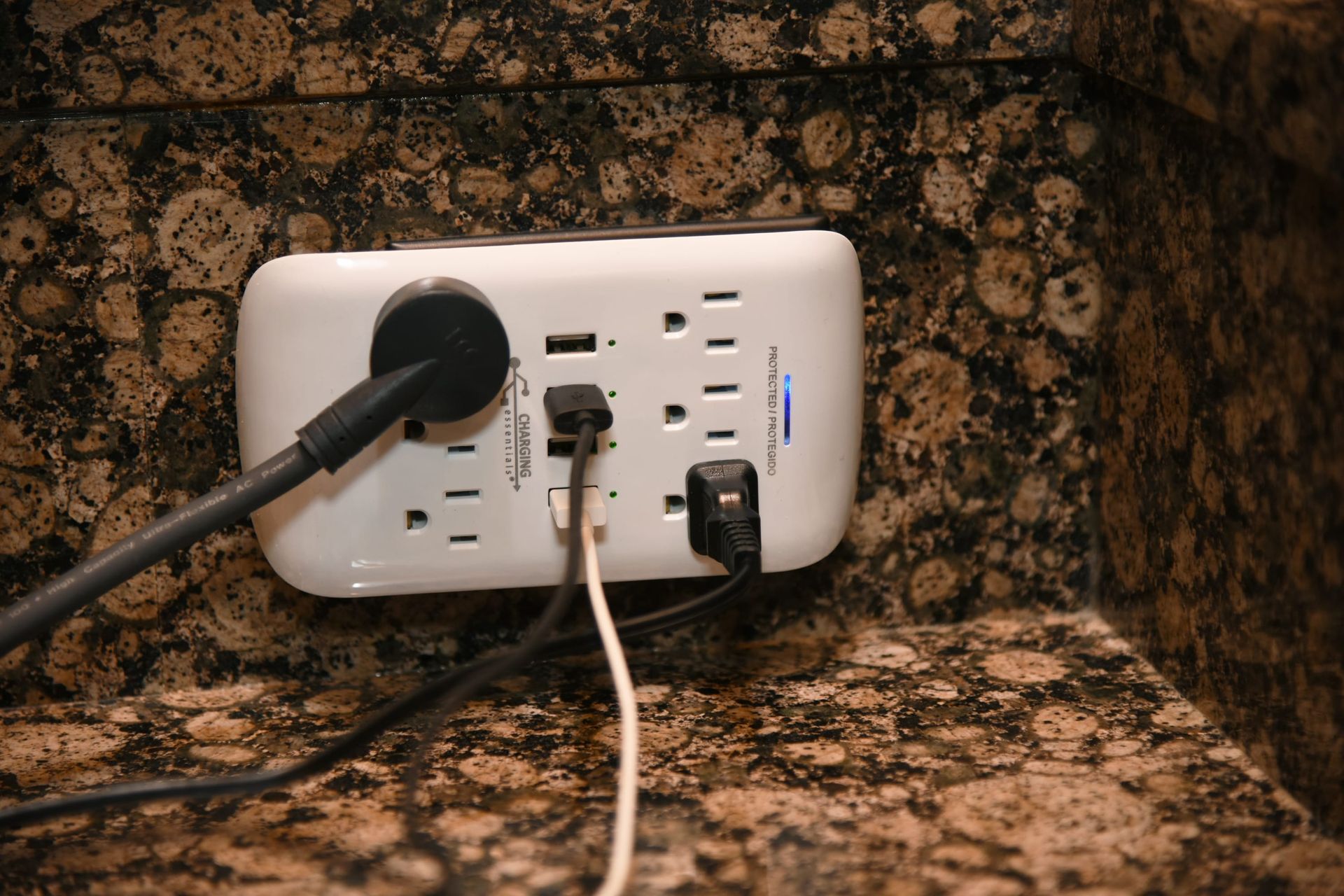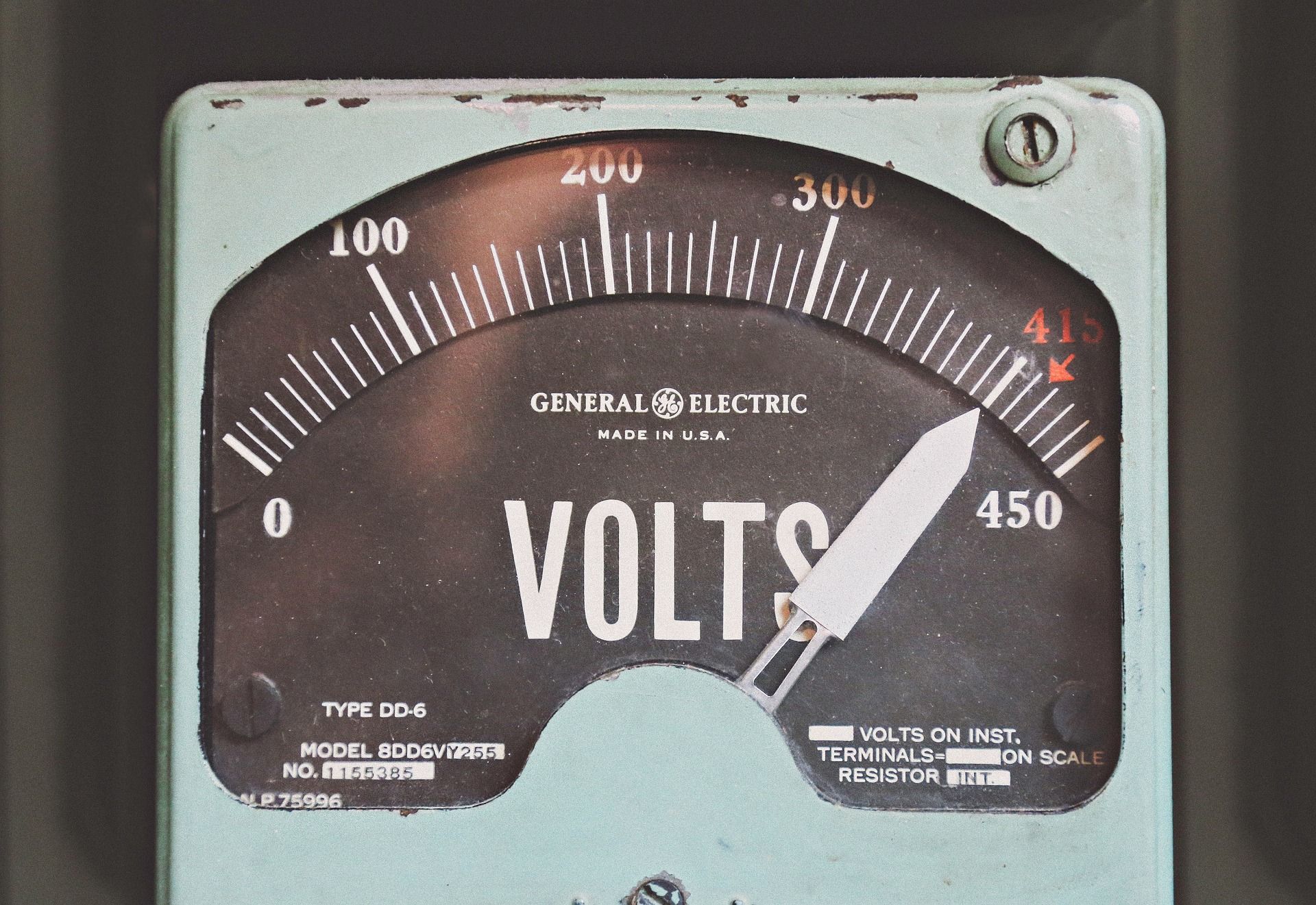How to Recognize Early Warning Signs of Electrical System Failure
A home’s electrical system is responsible for powering nearly every essential function, from lighting and appliances to heating and cooling equipment. When the system begins to fail, the warning signs may appear subtle at first, but they should never be ignored. At ESD Electric, we help homeowners identify early signs of electrical problems so they can address them before they escalate into more dangerous or costly issues. Recognizing these signals early protects your home, prevents unexpected outages, and ensures the long-term reliability of your electrical system.
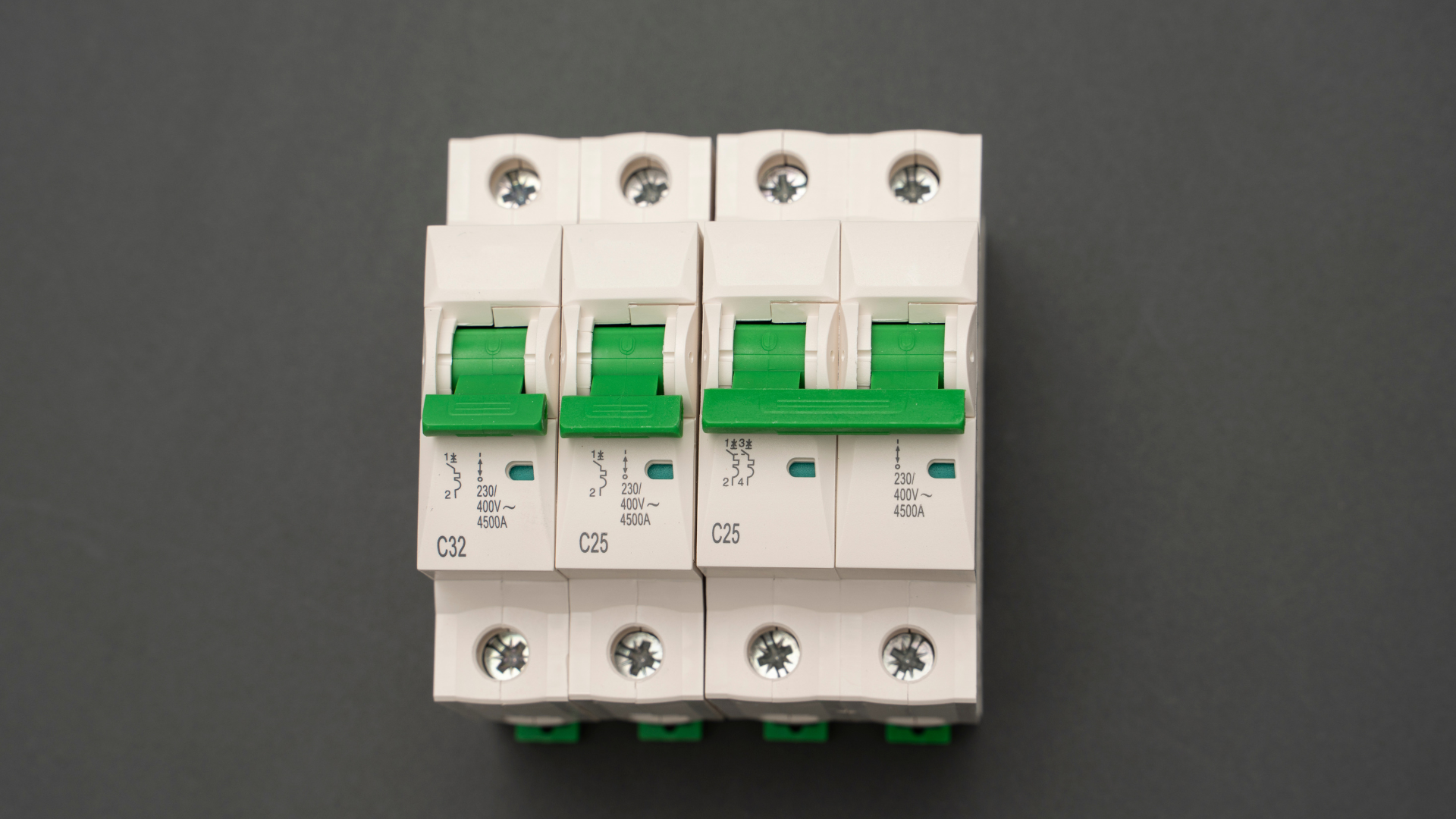
Frequent Circuit Breaker Trips
Circuit breakers are designed to protect your home by stopping the flow of electricity when circuits become overloaded. While an occasional trip may occur when too many devices run at once, repeated breaker trips are a clear indication that something is not functioning correctly. This may be caused by an overloaded circuit, faulty wiring, or deteriorating electrical components.
If you find yourself resetting the breaker more often than usual, it is important to schedule a professional inspection. Persistent tripping indicates that the electrical load or system itself requires immediate attention.

Flickering or Dimming Lights
Lights that flicker or dim unexpectedly are one of the most common warning signs of electrical issues. These changes can occur when appliances draw too much power from a shared circuit or when wiring connections become loose. Although a single flickering bulb may simply need replacement, widespread flickering or dimming often points to problems deeper within the electrical system.
Left unaddressed, loose connections can overheat and pose a fire risk. Our team can diagnose the root cause of lighting irregularities and ensure your system is operating safely.
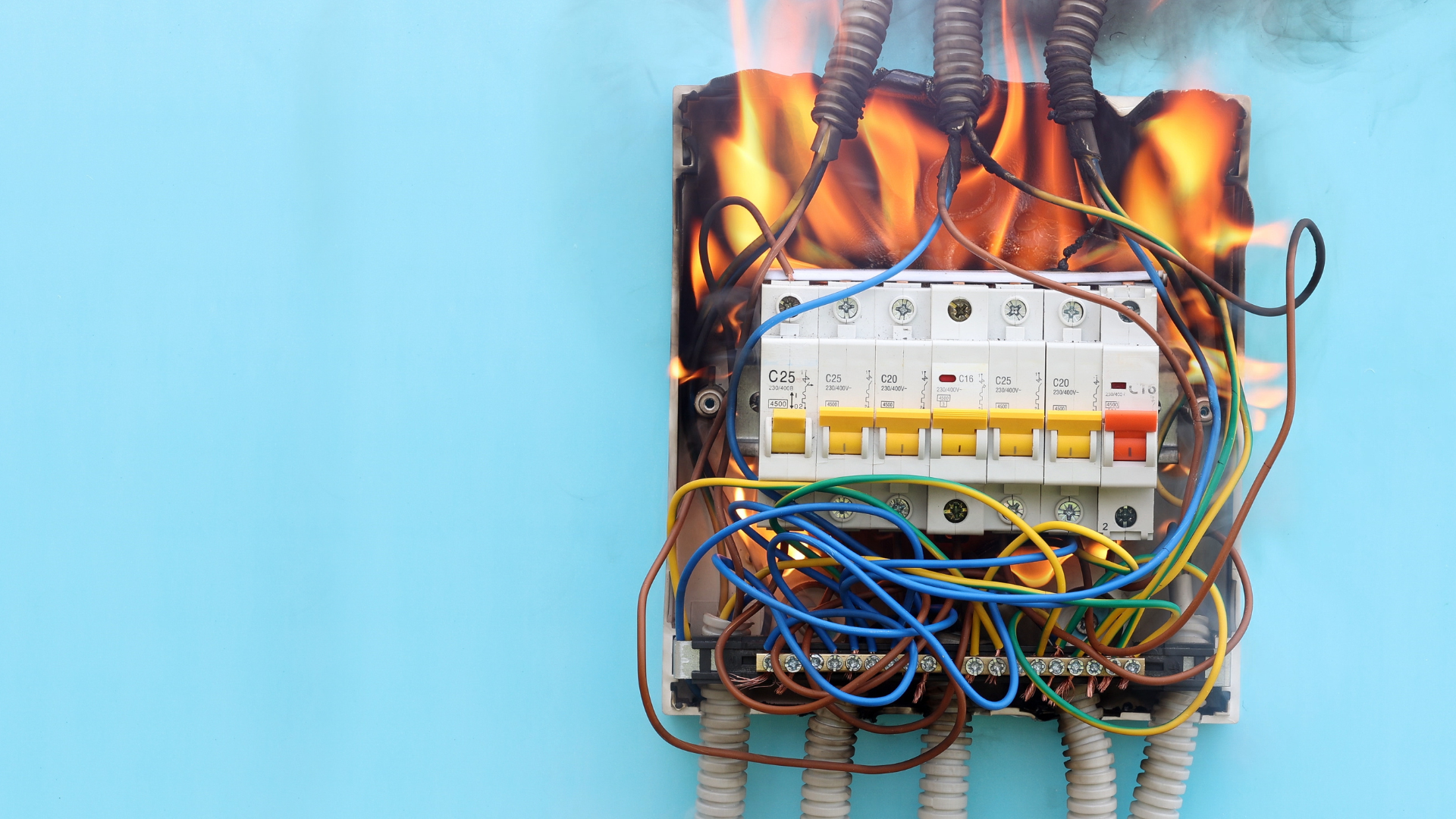
Burning Odors or Warm Outlets
A burning smell near outlets, switches, or electrical panels is a serious concern. This odor often indicates overheating, poor wiring connections, or damaged insulation. Warm or hot outlets are another sign that electricity is not flowing safely.
If you notice either of these issues, it is important to discontinue use of the affected outlet and contact a licensed electrician immediately. Electrical overheating poses a
significant fire hazard and should be addressed promptly.
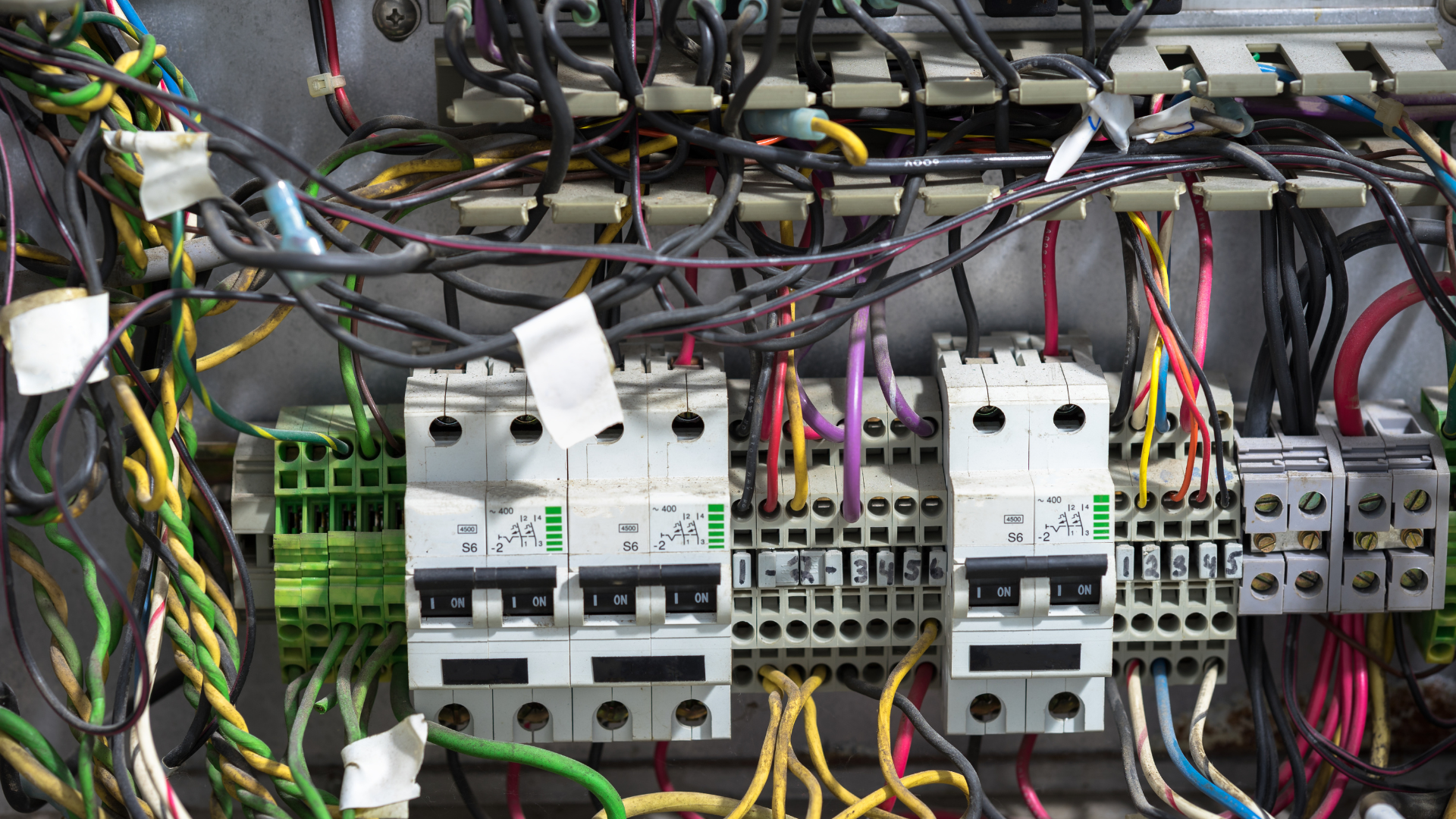
Buzzing or Crackling Sounds
Electrical systems should operate silently. If you hear buzzing, crackling, or popping noises coming from outlets, switches, or fixtures, this could signal loose wiring or faulty components. These sounds occur when electricity jumps between gaps in wiring or connections, creating potential ignition sources.
A professional inspection is essential to correct these issues before they lead to equipment damage or fire risk. We have the tools and expertise to identify and repair the source of these unusual sounds.
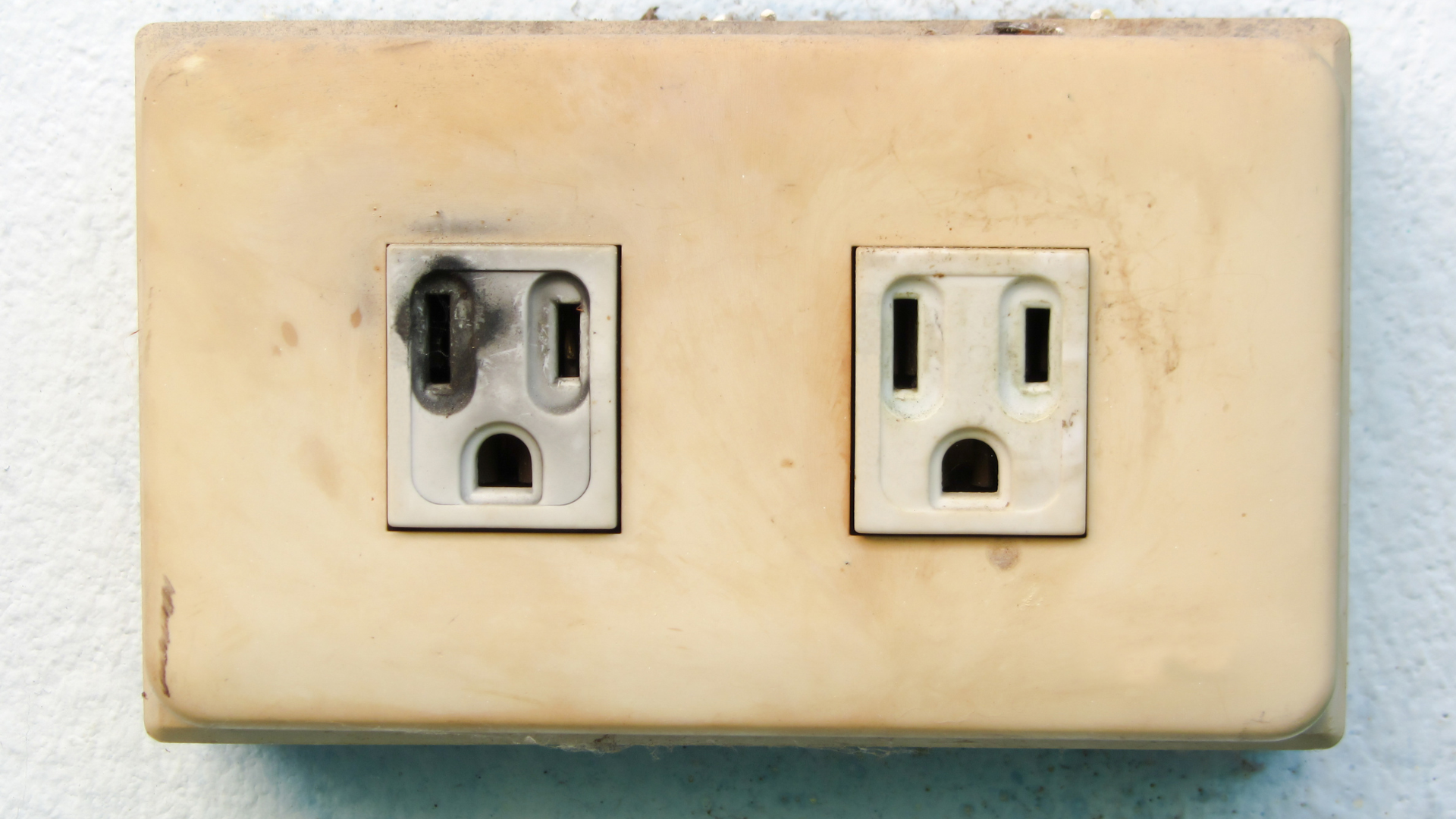
Discolored Outlets or Switch Plates
Discoloration or scorch marks on outlets and switches are visible indicators that heat has built up behind the surface. This typically results from wiring that has become loose or worn. These hot spots should be taken seriously, since overheating can damage surrounding materials and increase the likelihood of electrical fires.
Replacing a discolored outlet without addressing the underlying problem is not enough. Our electricians thoroughly investigate the electrical path to ensure that the system is safe and properly updated.
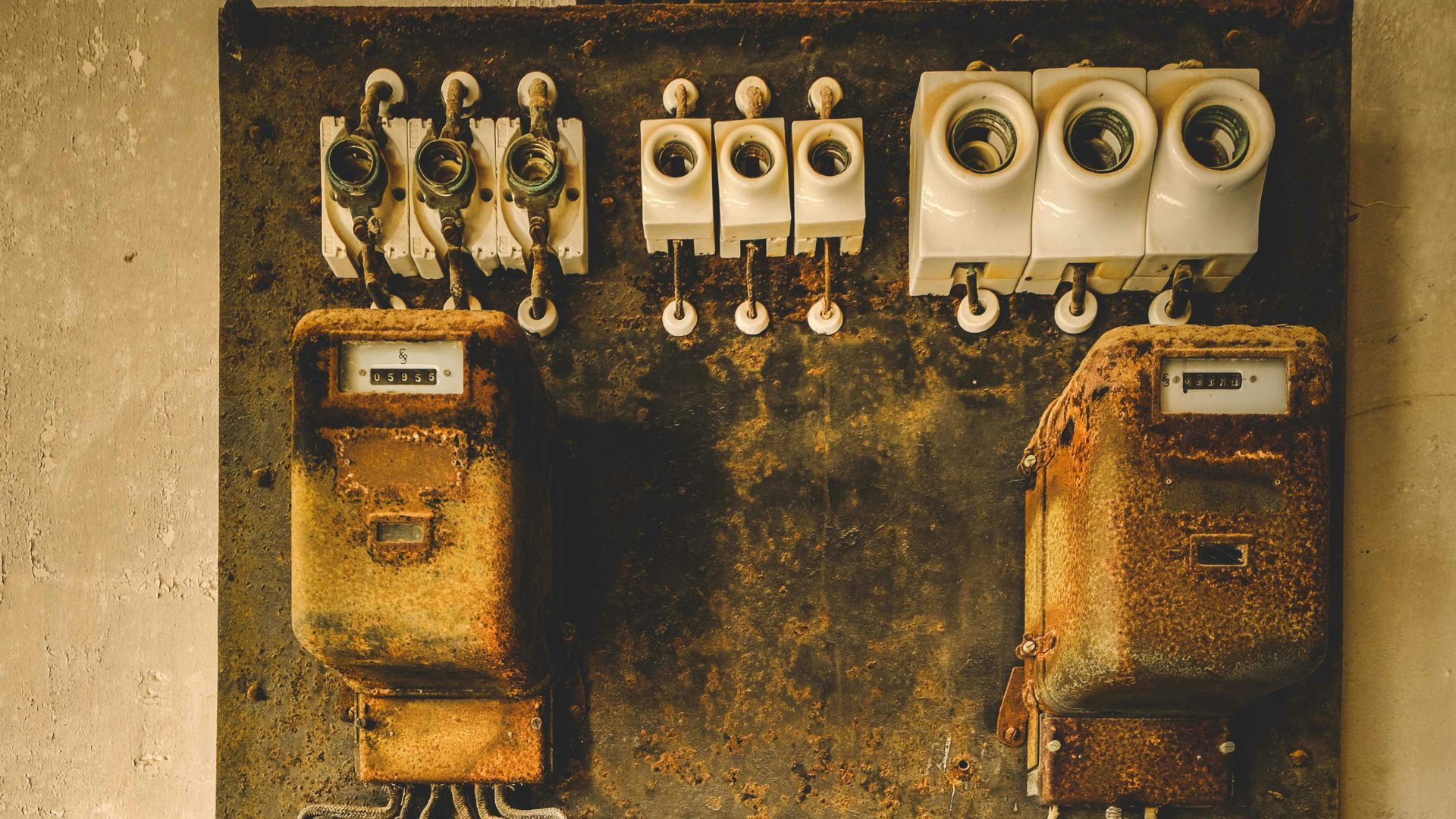
Outdated or Overloaded Electrical Panels
Older electrical panels were not designed to handle the power demands of modern homes. As households grow and technology expands, panels that once functioned adequately may become strained. Signs of an overloaded panel include flickering lights, warm breakers, frequent outages, or humming sounds.
Upgrading the panel improves safety, supports new appliances, and ensures consistent performance. We help homeowners determine whether their panel meets current needs or requires replacement.
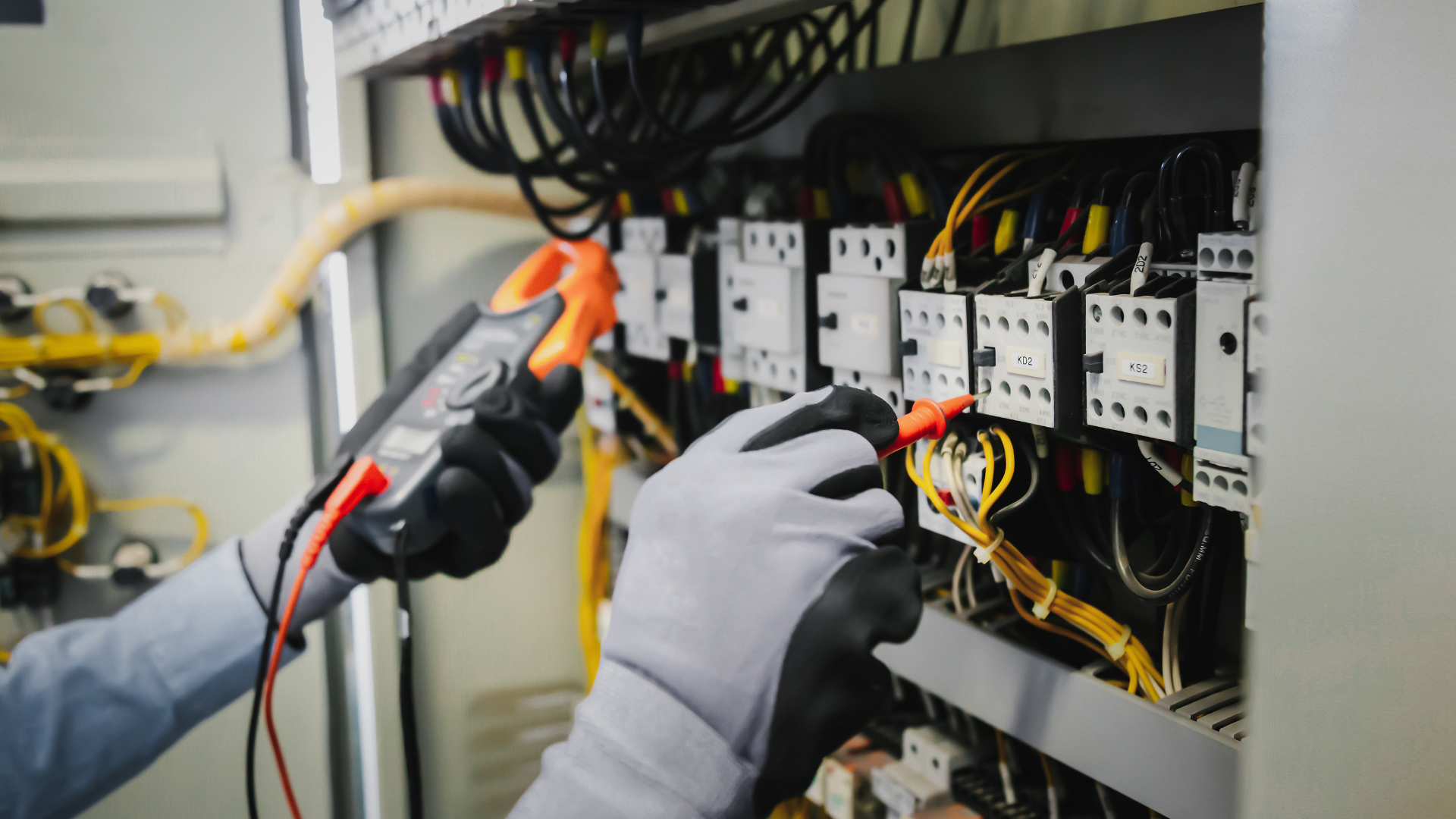
Moving Toward a Safer Home
Recognizing early signs of electrical system failure is essential for maintaining a safe and reliable household. Frequent breaker trips, unusual sounds, flickering lights, warm outlets, and discolored switches are all signals that the system needs professional attention. At ESD Electric, we work to identify these issues quickly and provide the solutions needed to protect your home. If you have noticed any of these warning signs, our team is ready to provide a detailed evaluation and help you restore the safety and efficiency of your electrical system.

